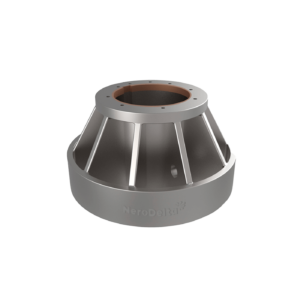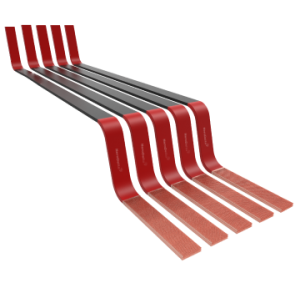In addition to not posing any environmental risks, green technology solutions help companies comply with green policies no matter where they are in the world. Hydropower remains a force in the creation of renewable energy due to its use of water that flows in rivers and is stored in dams. This enables hydroelectricity to be used for either base or peak load electricity generation (or both).
Novel small-scale hydropower technologies play an important part in “green energy strategies” related to mini-grids and rural electrification. Common examples of these technologies include water wheels, fish ladders, low head turbines, Archimedes screws and pumps as turbines (PATs) that are pumps that can also operate in turbine mode.
Hydropower modernization is a key to upgrading equipment, such as turbines, in existing facilities to extend their lifespan and grow their capacity. One study shows almost 9000MW of new capacity could be added by modernizing current hydroelectric facilities.
Hydropower fulfills needs that go beyond the generation of electricity. It also provides cleaner drinking water, low-cost electricity, flood control and irrigation support. Hydroelectric plants improve the environment since they do not use fossil fuels or emit heat and gasses that contribute to global warming and air pollution.
On the photo: the fish ladder at John Day Lock and Dam in Oregon.
Photo credit: U.S. Army Corps of Engineers
#globaltrends #hydropower #hydroelectricity #hydroenergy #hydro #renewableenergy #renewables #energy #greenenergy #cleanenergy #renewables #energy #energyaccess #electricity #SDG7 #Environment #climatechange #sustainableenergy #sustainableliving #greenenergy #climateaction #ecoliving #sustainability #globalgoals #infrastructure #science #tech #engineering #innovation #greentech #technology #dam

















